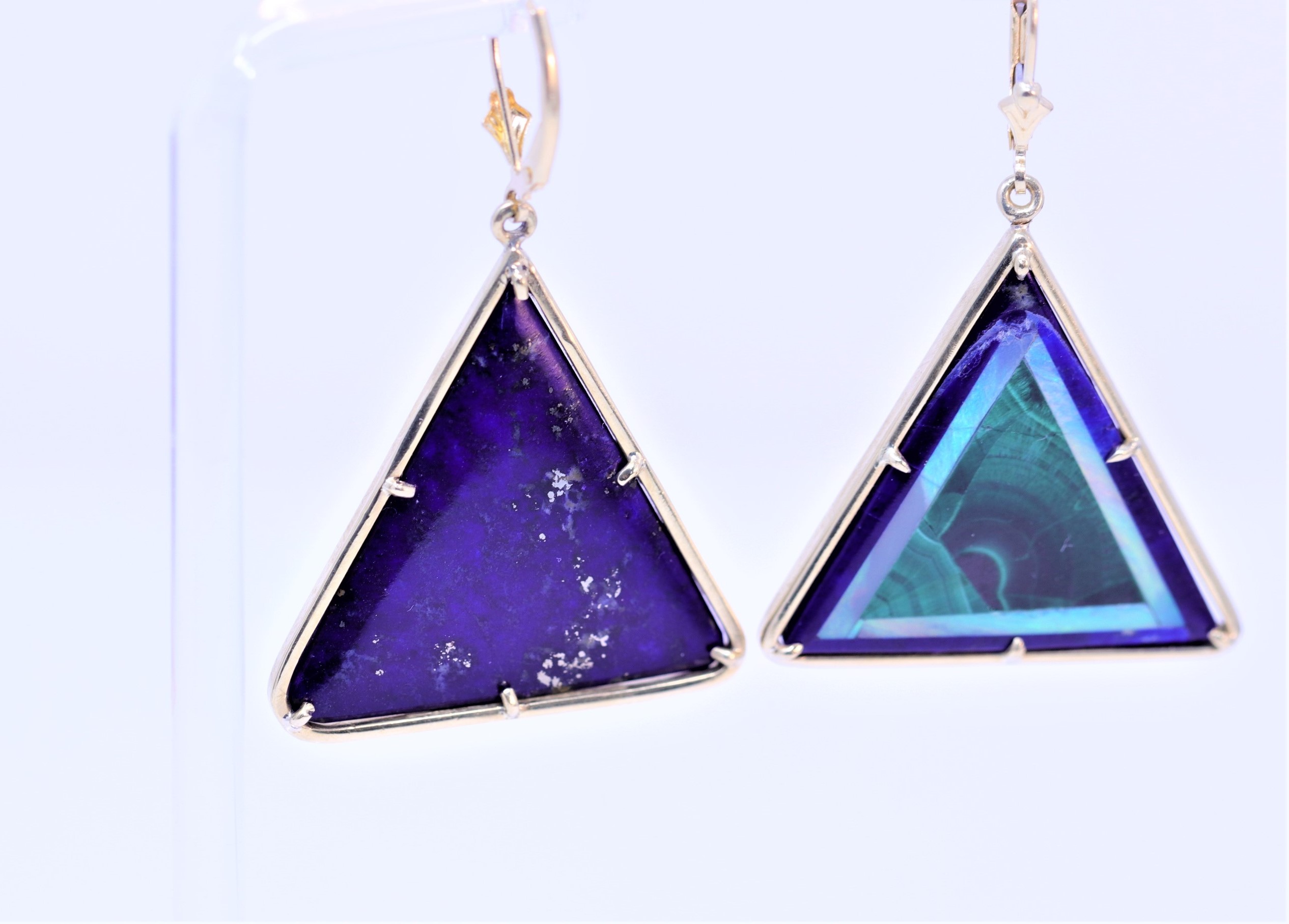Lapis lazuli is a beautiful blue gemstone that has been used in jewelry and decorative arts for thousands of years. It is known not only for its brilliant blue color, but also for the gold specks (usually pyrite) sprinkled throughout the stone. Lapis lazuli is primarily mined in Afghanistan, but it can also be found in other countries, including Russia, Chile, and Pakistan. The rarity and beauty of this gemstone make it highly valued in the world of jewelry and decorative arts. In this blog, we will discuss how lapis lazuli is mined.
Step 1: Locating the Deposit: The first step in mining lapis lazuli is to locate a deposit. This is typically done through geological surveys and by examining the composition of rock formations in the area. Lapis lazuli is found in metamorphic rocks, usually in association with other minerals such as marble, pyrite, and calcite.
Step 2: Extracting the Lapis Lazuli: Once a deposit has been located, the next step is to extract the lapis lazuli from the rock. This is done through a combination of mining techniques, including drilling, blasting, and excavation. The rock containing the lapis lazuli is removed from the mine and taken to a processing facility.
Step 3: Sorting and Cleaning: At the processing facility, the rock is sorted and cleaned to remove any impurities. This involves crushing the rock into smaller pieces and then using water to separate the lapis lazuli from the other minerals. The lapis lazuli is then washed and dried.
Step 4: Cutting and Polishing: After the lapis lazuli has been extracted and cleaned, it is ready to be cut and polished. Skilled artisans use a variety of cutting tools, including saws and grinders, to shape the gemstone into the desired form. The lapis lazuli is then polished to bring out its natural luster and color.
Step 5: Selling and Exporting: Once the lapis lazuli has been cut and polished, it is ready to be sold and exported. Afghanistan is the largest producer of lapis lazuli, and the gemstone is an important export for the country. Lapis lazuli is also exported from other countries, including Russia, Chile, and Pakistan.
It is worth noting that rough lapis lazuli is frequently sold in bulk at gem and mineral shows. At these events, buyers can purchase large quantities of uncut lapis lazuli, which can be used for various purposes such as lapidary work, decorative pieces, or even metaphysical practices. In its rough state, lapis lazuli may not have the same luster and shine as a polished gemstone, but it still showcases its distinctive blue color and unique patterns. By purchasing rough lapis lazuli, buyers can have the opportunity to shape and craft the gemstone according to their personal preferences and creativity.
The image here is a pair of intrasia earrings with Lapis, Malachite, and Opal. The back is pure Lapis.
What to watch out for: Sometimes the sellers of Lapis will dye the outside of the stone they are selling a deeper blue to make it more attractive.

